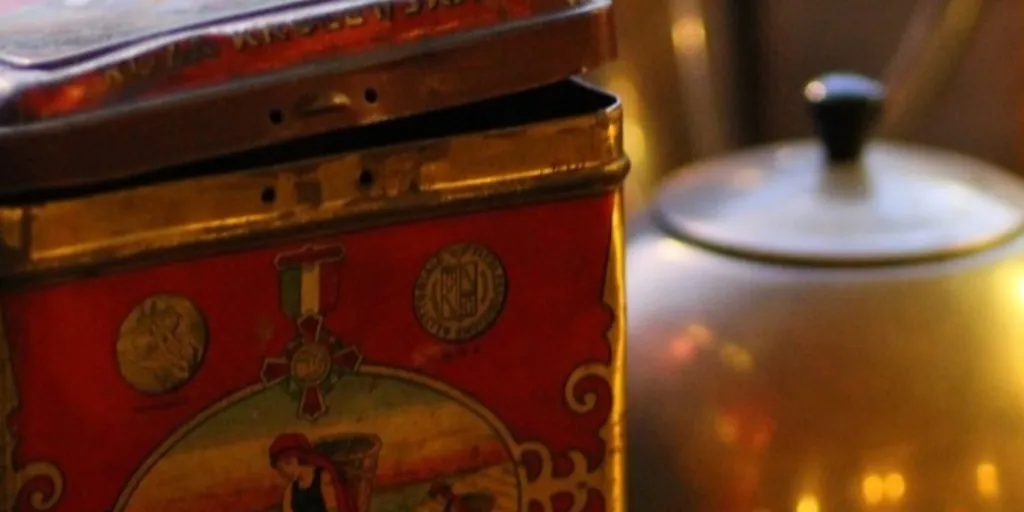Packaging is the first interaction customers have with a product. Therefore, products should be packaged so that they grab eyeballs and maximize sales. Tea is no different: Packaging should be designed to tell a story as well as instigate a craving to drink tea in the prospective buyer. Factors like flavor and aroma can’t entice people unless the tea’s packaging is able to embody these perceived elements.
Here, we’ll look at some tactics to boost the effectiveness of tea packaging and various options on the market in 2024.
Table of Contents
1. Global tea packaging market
2. Different types of tea packaging
3. Tea packaging design tips
4. Summary
1. Global tea packaging market
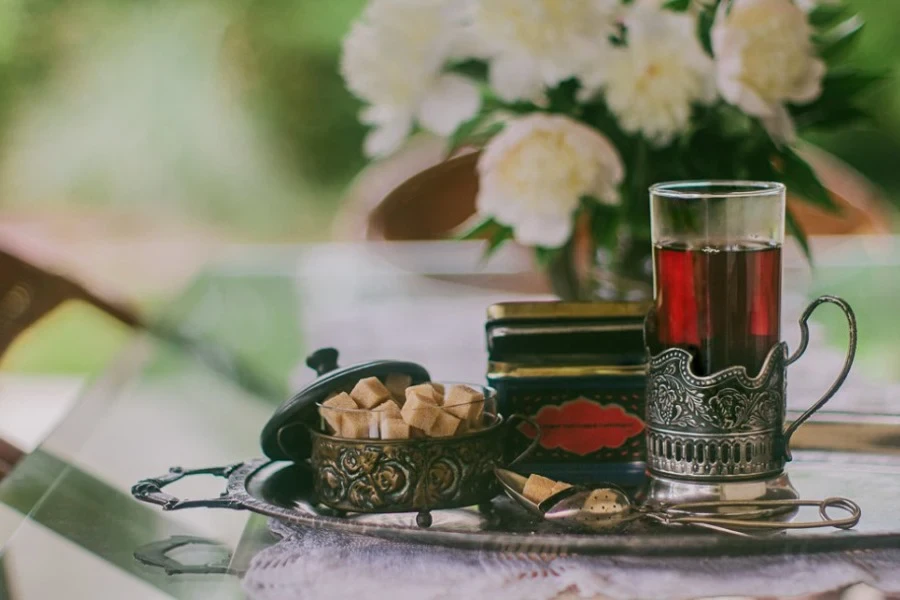
Valued at $21 billion, the global tea market is huge and is growing steadily. People are drinking more tea, especially in regions where it is traditionally grown. For businesses in this industry, packaging is incredibly important as too is staying abreast of fast-paced market changes.
From 2023 to 2033, the tea packaging industry is expected to grow at a CAGR of 4.6%, according to Future Market Insights. This suggests room for profitability, if sellers have the right products.
The Asia Pacific region is at the forefront of the global tea packaging market. This is because people there value tea for its health benefits and is deeply rooted in the local culture. Countries like China, India, Japan, and Indonesia have millions of citizens who drink tea regularly, and it can also be produced locally, giving local sellers an edge in the market.
In the past, tea packaging mostly relied on traditional materials like boxes and tins, but now there’s a whole range of items on the market, in part driven by online platforms and subscription models. These new methods are reshaping how tea products are marketed and delivered.
2. Different types of tea packaging
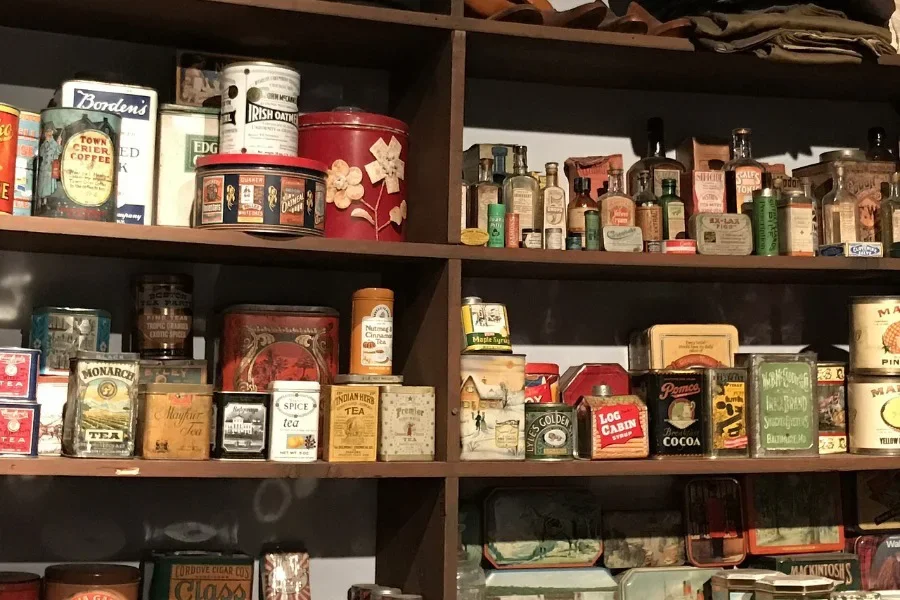
Engaging tea packaging can really set a product apart. It tells customers what they can expect to experience when they purchase a certain blend. Saying that, there are some standardized market trends in the tea packaging sector, including:
1. Minimalist packaging designs
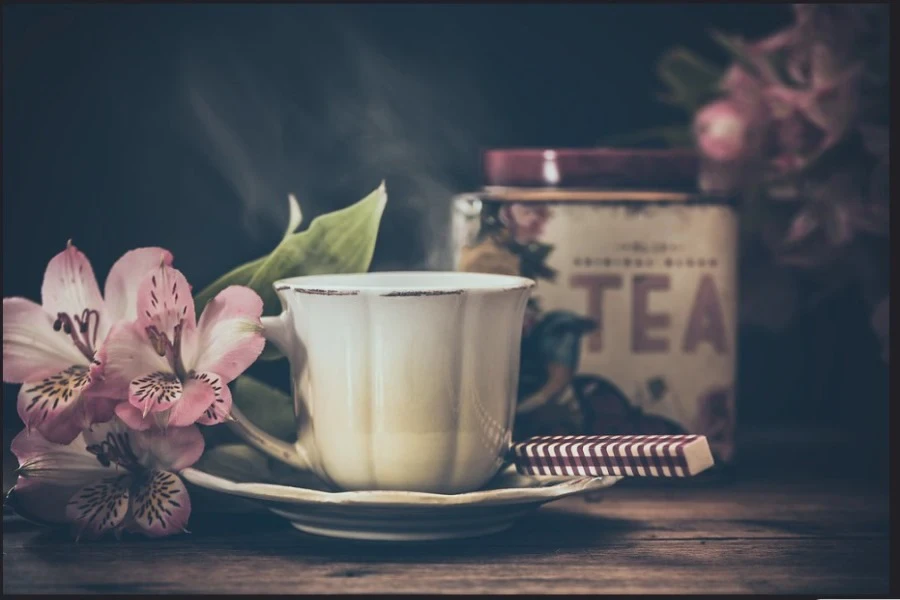
Minimalist tea packages often use clean lines, simple fonts, and a minimalist color palette to communicate a fresh feel. These designs reduce clutter and bring essential factors into the limelight, presenting tea in a sleek way that doesn’t overload buyers with information or bright colors.
Some aspects that define a minimalist tea box are:
- Simple typography: Text is kept to a minimum, emphasizing clean and easy-to-read text about necessary info like tea variety and brewing instructions
- Limited colors: Colors are limited to neutral tones, which create a cohesive outlook
- Clean design: Such packages have a clean appearance and utilize negative space
Simple and basic designs are no longer considered old-fashioned. In fact, they can convey sophistication and allow the quality of the tea to take center stage while all the other details take a backseat.
2. Convenience-driven packages
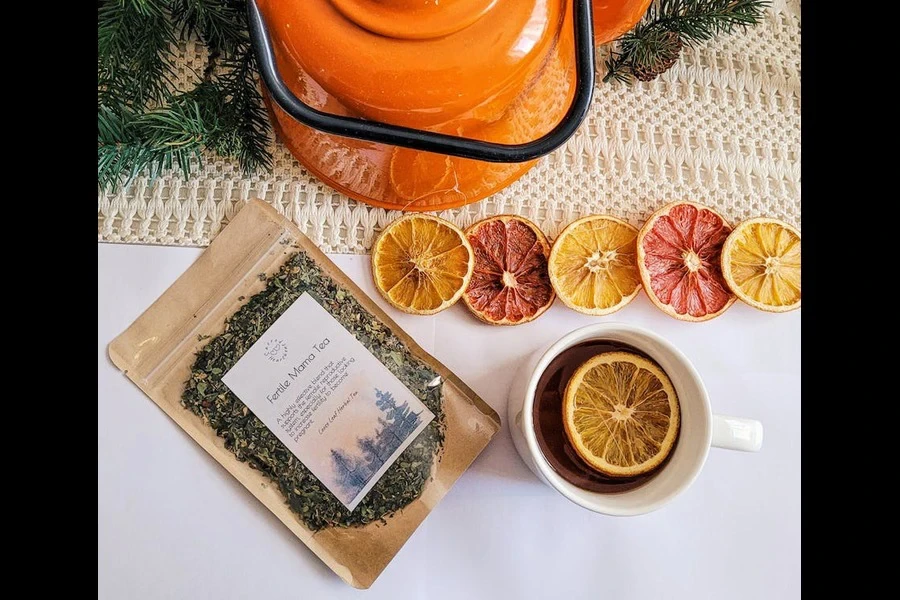
Convenience-driven solutions for tea packaging are attractive for their ease of use and mobility. These packs offer practical solutions in aspects like storage, consumption, and tea preparation. The following are some common factors in packages designed for convenience:
- Resealability: Packaging that can sealed and opened easily helps to maintain the freshness of tea powder or leaves, helping to maintain the flavor for a prolonged period
- Pre-portioned bags: Tea bags aren’t new, but they remain in demand as more people prefer tea on the go. As there’s no need to measure out the tea, this saves time and effort.
- Easy to open: A simple opening mechanism, like tear notches and zip locks, helps to reduce spills and makes accessing tea hassle-free
- Compact and portable: Travel-friendly tea tins or packets allow customers to carry their favorite blends on the go. They are usually quite compact and don’t occupy much space during travel.
As the demand for convenience continues to grow, businesses that prioritize convenience-driven packaging can capture market share and meet the evolving needs of tea enthusiasts.
3. Eco-friendly packs

Nowadays, an eco-conscious mindset is driving a broad segment of the market. Consumers are looking for sustainable options that are more conscious of the the planet’s finite resources. Offering packaging made from natural materials is one way to engage this market.
The qualities of an eco-friendly tea packaging are:
- Biodegradable: This packaging, often made from materials like compostable plastic or plant-based fibers, is designed to break down naturally over time
- Made from renewable materials: Packaging made from renewable resources like sugarcane, bamboo, or recyclable paper make for suitable eco-friendly alternatives to non-renewable options
- Practices sustainable sourcing: Packaging materials obtained from sustainably managed forests ensures that local ecosystems are preserved and biodiversity is protected
Seeking to incorporate these qualities into your tea packaging can help attract different, more eco-minded segments of the market as well as wholesalers and retailers who value the environment.
3. Tips for tea packaging designs
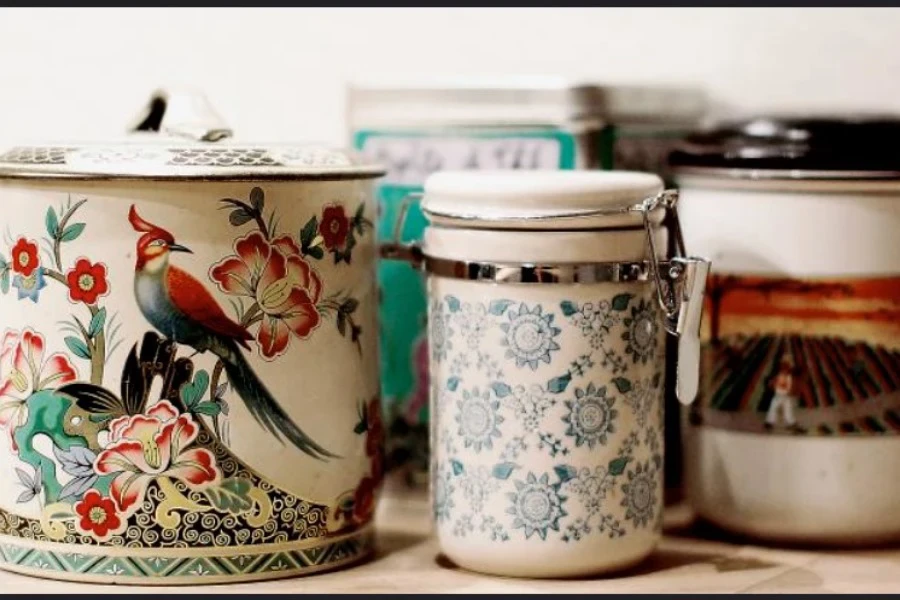
Tea packaging should be aesthetically pleasing as well as convenient to use. As such, here are some important considerations when it comes to designing the perfect packaging:
- Keep it fresh: When tea is exposed to air, sunlight, and moisture, it can lose its freshness and quality fast. That is why it is important to pick tea packaging that protects the tea from these outside elements.
- Focus on visual appeal: Eye-grabbing packaging with stark visuals and text help to convey the essence of the tea inside. When working on your graphics, try to reduce clutter and create elements that stick out when placed alongside similar brands.
- Add a personal touch: Consider adding customization options like tags, labels, or stickers to boost branding appeal
- Test the design: Before finalizing the design, conduct testing and gather feedback from target customers to determine whether it resonates with them

Opting for smart packages – ones that embed innovative technologies that offer added value – is another way to gain more attention in the market. While the concept of smart tea packaging is novel, it’s gaining more popularity as we as a society move toward all-encompassing digital lifestyles.
Some key features of a smart tea package include:
- Interactive labels: These may include QR codes, or near field communication (NFC) tags that consumers can scan using their smartphones. Once scanned, they can provide access to additional information about the tea, like its origin, brewing instructions, and flavor profiles.
- Freshness monitors: Some tea packages have sensors or indicators that monitor the freshness and quality of the tea inside. These may change color or display a digital alert when the tea is past its prime.
Smart tea packages are a fairly new technology and still have some way to go in terms of maturity. Businesses in the tea packaging sector should weigh up whether such features truly add to their packgaing before adding them. Needless to say, smart tea packaging will evolve in the coming years and is likely to become an influential element in this sector.
Finally, strengthening your brand presence takes time. Only by testing different features can you implement something that works and claim your spot in the market. Just make sure that the cost of packaging doesn’t eat into your profit margins significantly.
4. Summary
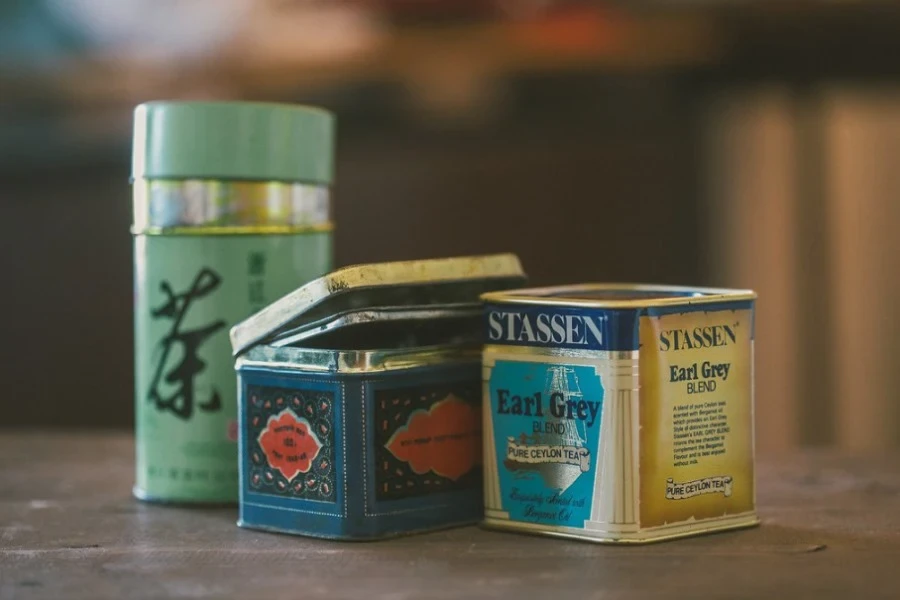
In short, tea packaging is more than just a container. It is a brand ambassador, a silent salesperson, and a key element in the overall tea experience. Implementing the designs mentioned in this article can help you to create packaging that not only protects your product but also captivate the market and leave a lasting impression.
Head to Alibaba.com to discover a wide range of trending tea packaging and stock the most suitable products for your business.
